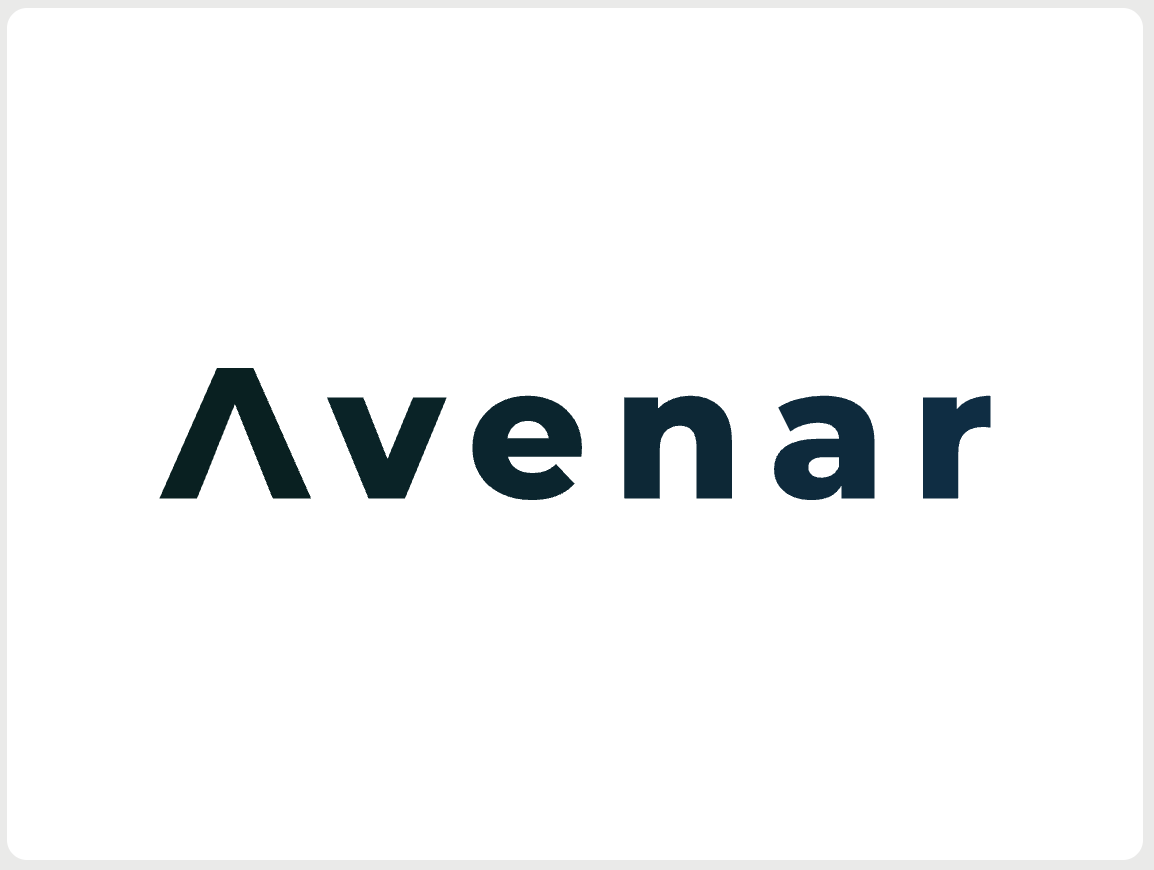
The 7 Most Promising AI Automations SMBs Should Try in 2025
Automation has moved beyond simple rule-based tasks — 2025 is ushering in intelligent automation where AI, document understanding, decision logic, and adaptive agents begin handling complex workflows. Global trends show businesses using automation report strong productivity gains (some 40%+), cost savings, and faster operations. superframeworks.com+1 For SMBs, the opportunity is huge — because they can adopt and scale faster. This blog highlights seven practical, high-value AI automations that small and medium businesses should experiment with this year — and a blueprint for how to pilot them.
Why “intelligent” matters in 2025
Difference between traditional automation (if-then) and AI-enabled automation (handles unstructured data, learns over time).
Trend data: plug-and-produce tools are making implementations faster and cheaper. virtualrani.com
Research from academia: generative AI + intelligent document processing enabling end-to-end workflows (ex: corporate expense processing) showed 80% reduction in processing time.
The 7 AI Automations worth piloting
1. Intelligent Document Processing (IDP + Generative AI)
Use OCR + LLMs to read invoices, forms, contracts and classify data, flag exceptions
Example: Applying expense automation (as in academic study) can reduce processing time by over 80% arXiv
2. Conversational Lead Qualification Agents
Deploy chatbots that ask probing questions, qualify leads, book meetings, integrate with CRM
3. AI-driven Email & SMS Drip Sequences
Auto-generate personalised email content based on user profile or behavior; trigger next message based on engagement
4. Sentiment & Escalation Monitoring
Monitor conversations, detect frustration or urgency, and automatically escalate to human agents
5. Predictive Next-Best Action Recommendations
Use AI to suggest what a salesperson or marketer should do next (send email, call, offer discount)
6. Review & Reputation Automation
Trigger review requests after service or sale; monitor platforms and alert negative reviews for response
7. Auto Document Drafting & Contracts
Generate first-draft proposals, contracts or legal documents from templates + variable fields
Which automation to pick first (criteria)
Data availability: choose flows where you already have structured triggers (forms, orders, chats)
Frequency & volume: automations executed often yield faster ROI
Complexity vs risk: start with lower-risk ones (chat, email) before tackling financial/legal flows
Integration & tools: pick automations that connect easily with your software stack
Example pilot approach (90-day timeline)
Phase 1 (Weeks 1–3): map process, choose one automation (e.g. lead qualification), prepare training data
Phase 2 (Weeks 4–6): build initial version, test internally, refine prompts
Phase 3 (Weeks 7–9): deploy to real users, collect feedback, monitor metrics
Phase 4 (Weeks 10–12): expand scope, fix issues, extend to next process
Challenges & best practices
Data quality: AI only works well if your data is clean
Human in the loop: always include oversight during ramping
Versioning & rollback: when AI mistakes arise, have fallback scripts
Governance & compliance: control who sees what, logging, audit trails
How Avenar AI can help
Use your stack to pilot and scale:
Webchat + AI Employee for conversational qualification
Follow-up to run nurture flows automatically
CRM to integrate recommended actions
Review module to automate review prompts and monitoring
Encourage readers to schedule a consultation to design their first AI automation.
Conclusion
2025 is the year where AI moves from “nice to have” to essential for SMBs. The seven automation ideas here span customer, back-office, marketing and reputation workflows. Start small, learn fast, and scale. Enterprises used to hold this power — now you can too.
